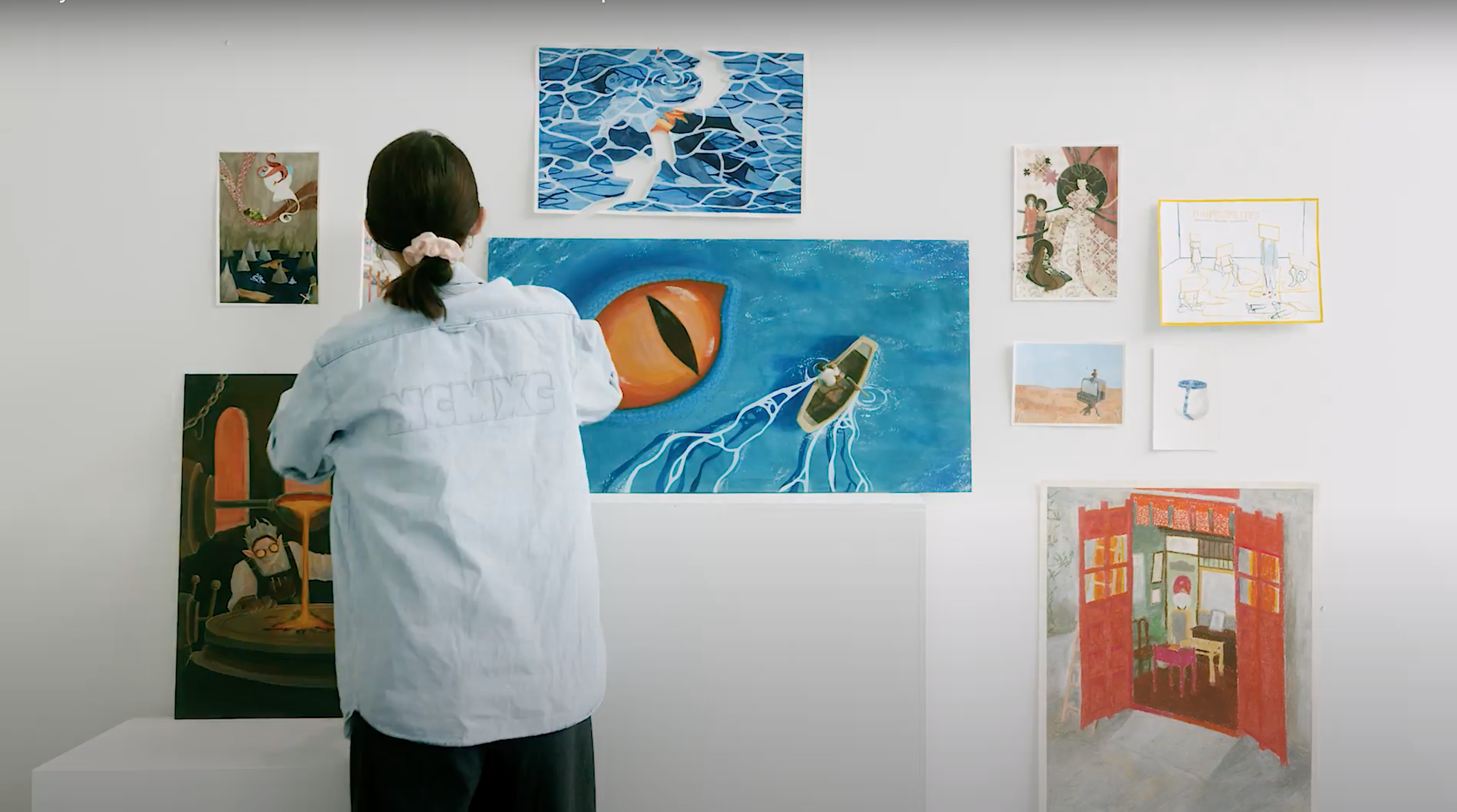The Importance of Art Education During COVID-19 and Beyond

Posted on | Updated
Although the world has slowed down, creativity has not. Arts education, delivered through innovative formats, is fostering resilience and building real-world skills for youth.
Not even a global pandemic can suppress the creative resilience of bright young artists. Since Summer 2020, teens from BC and all around the world have joined our entirely virtual teen programs: Summer Institute for Teens and Junior Art Intensive.
Why art education is important
Art education has been more critical than ever during the pandemic, when so many teens feel uncertain about the future and disconnected from their peers. It provides an outlet to reflect, express themselves and share their ideas. It’s also a chance to collaborate with peers and build new connections.
These benefits are backed by science. Studies show that students exposed to art gain increased confidence, improved communication, and enhanced cognition and critical thinking. A review by the World Health Organization of over 3,000 studies in 2019 also identified the importance of art to good health.
Susan Magsamen, Executive Director of the International Arts + Mind Lab says, "Art is like the exercise for the mind."
How creativity helps us think different
More crucially, art teaches us about life. It helps build compassion in ourselves and the world around us. Art can be a window to joy, curiosity, play, empathy, and—most important during these tumultuous times—empowerment. It teaches us to think in new ways and embrace new solutions to some of the world's most pressing issues.
In the increasingly automated future, tech experts say creative skills will protect workers from being replaced by new technologies. Art education teaches innovation, problem-solving, and creative thinking. No matter what your professional goals are, these abilities will help you thrive and succeed in any chosen career.
What online education at ECU is like
ECU art educators have found innovative ways to connect with students. SIT Painting student Annika Ho says, "The instructor still puts their best foot forward, teaching us new experiences the way they would have in person." These programs also brought together students from all around the world. "It was interesting to see art from so many places," Annika notes.
Are you interested in enrolling in Teen Programs? Know someone between the ages of 13 and 18 who wants to have a summer of creativity? Teen Programs start this July, and registration is open now!
Summer Institute for Teens (SIT)
Summer Institute for Teens is an immersive, one-month virtual experience for youth aged 16 - 18. It engages a small group of students taught by professional, practicing artists to prepare students for university and the next step in their creative careers. Digital Illustration student Blake Koble says, “it definitely felt like I was learning what art university was going to be like.”
SIT features an intensive studio practice. Students choose between 10 online studios in a range of disciplines across visual arts, media, and design. In-class critiques and discussions help students develop their practices. And field trips engage with Vancouver's diverse art and design community.
“The progress that I’ve seen in my art doubled or tripled during the time because it was so intense and [I was doing] so much art,” said Blake.
The program culminates with a public exhibition of student work. View the exciting and inspiring work from last year's cohort.